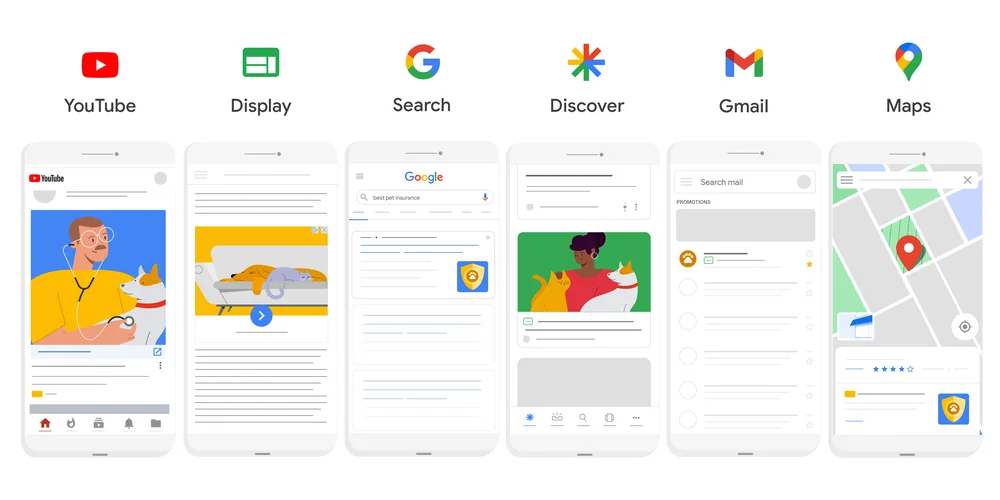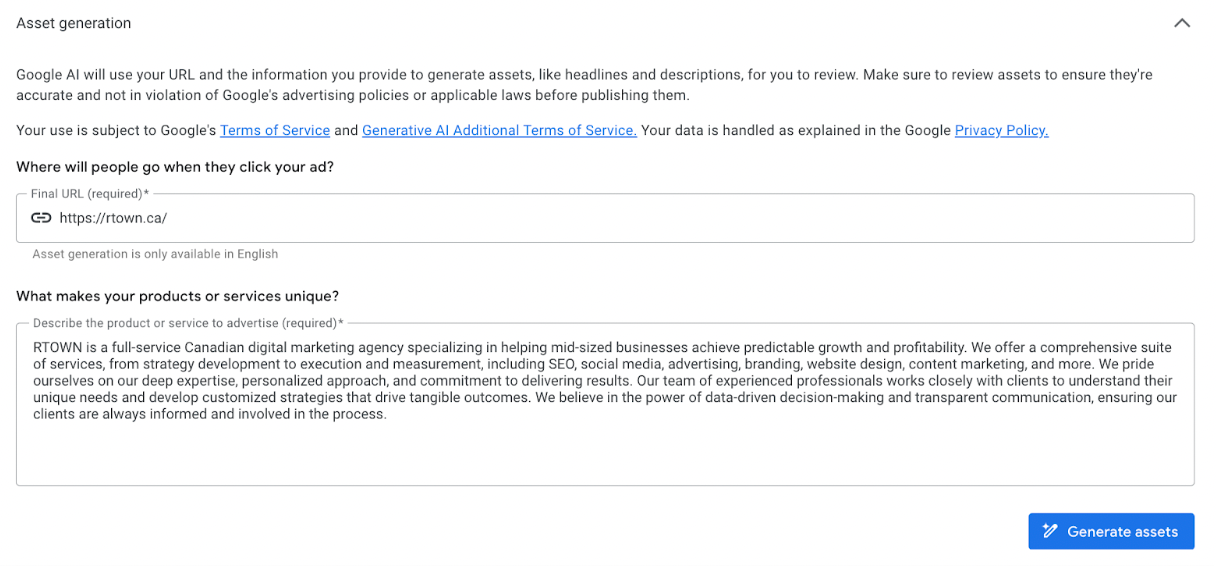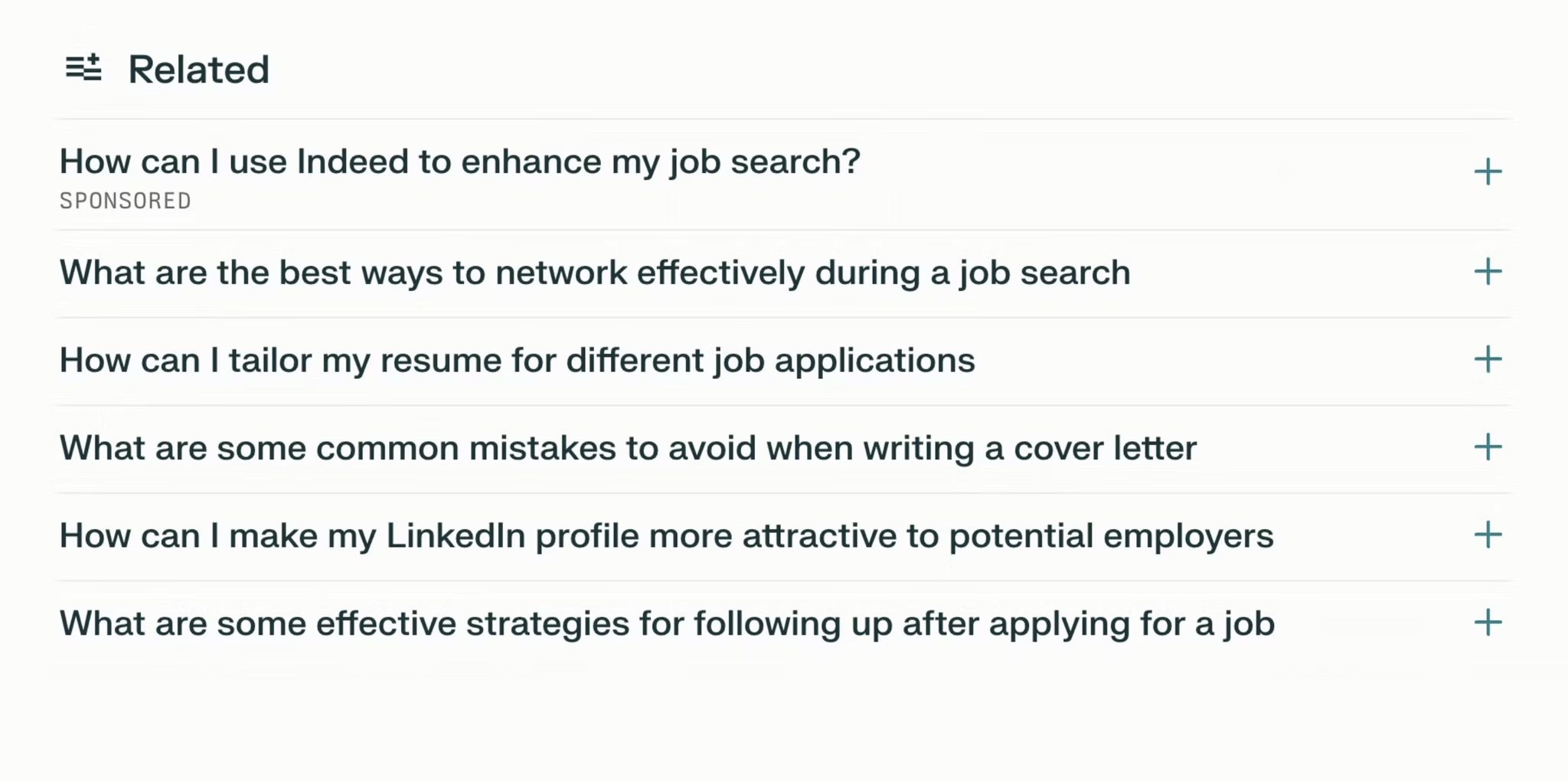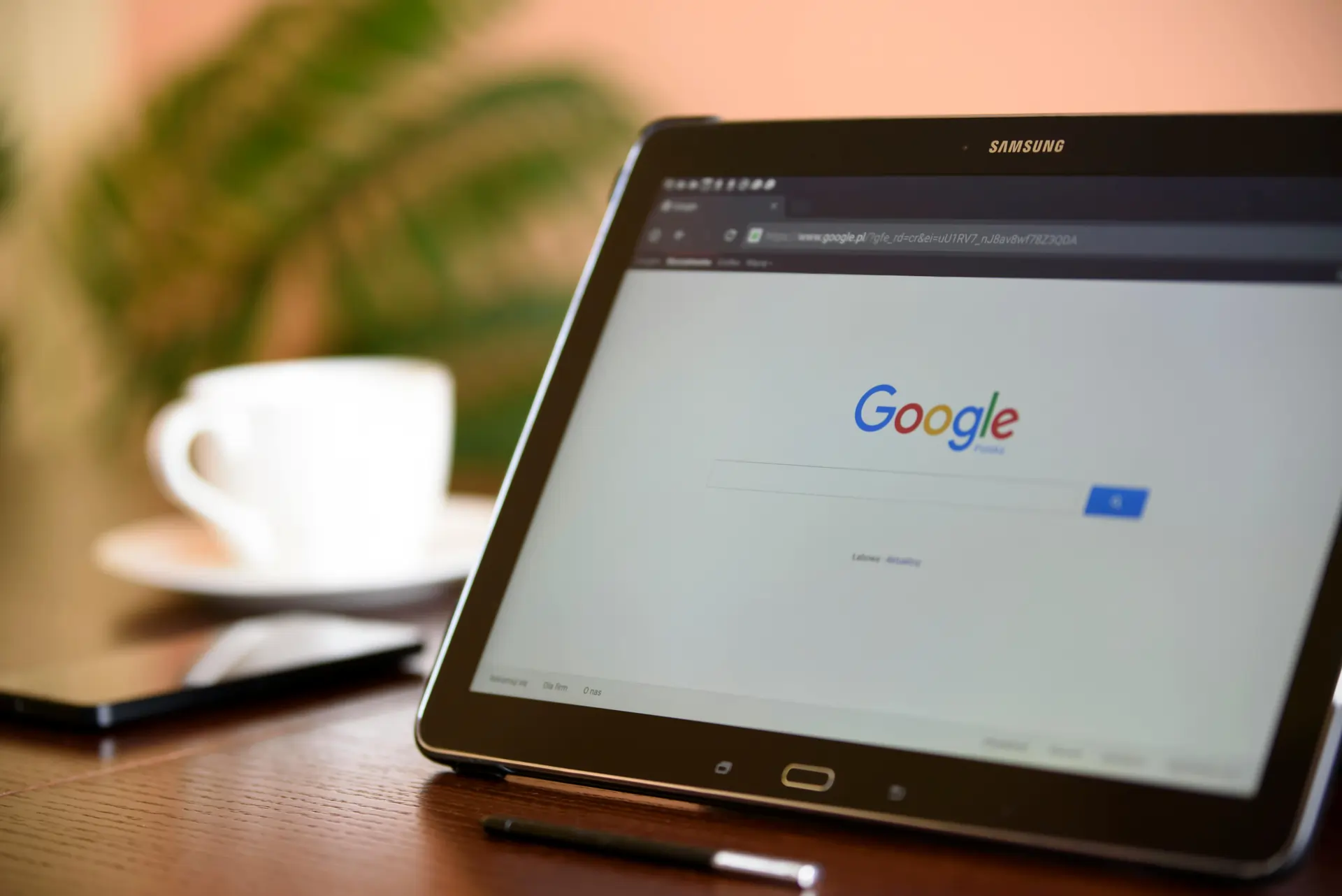
AI has reshaped paid advertising, making campaigns smarter, more efficient, and data-driven. Businesses that embrace AI-powered ad strategies gain a competitive edge, while those relying on traditional methods struggle to keep up.
AI-Powered Personalization
AI-driven personalization ensures that ads are not only relevant to users but also dynamically adapted based on behaviour, context, and real-time interactions. These tools analyze user preferences to serve the most engaging and effective ads.
For example, Google Ads Performance Max campaigns dynamically place ads across Search, YouTube, and Display, analyzing real-time data to target the right users at the right moment. Instead of advertisers manually selecting placements, AI optimizes ad delivery based on historical performance and audience intent.
Meta’s Advantage+ Creative automatically adjusts visuals and headlines based on how users engage, ensuring each ad is optimized for maximum impact. This means different users may see different versions of the same ad, customized for their preferences and past behaviour.

AI-Generated Creative
AI has significantly improved the way ad creatives are designed, allowing for automated generation of images, videos, and ad copy based on audience engagement patterns.
Google’s Automatically Created Assets take landing page content, previous ad performance, and audience insights to suggest optimized headlines, descriptions, and images. Instead of relying solely on A/B testing, AI constantly refines and improves ads based on real-time data.
Similarly, Meta has AI-powered tools that enable advertisers to generate multiple versions of ad creatives. These tools automatically resize images, adjust backgrounds, and refine ad elements to match different placements, increasing engagement across Feeds, Stories, and Reels.
TikTok’s Smart Creative takes a similar approach, analyzing trending sounds and video formats to generate multiple versions of short-form ads that feel native to the platform. Instead of static ad templates, AI adjusts elements dynamically based on user interaction trends, maximizing effectiveness on TikTok’s fast-paced content feed.

AI-Optimized Budgeting
AI eliminates wasted spend by automatically reallocating budgets based on performance. Google’s Smart Bidding adjusts bids in real-time, ensuring businesses only spend where results are most likely. Instead of relying on manual bid adjustments, AI continuously learns from user interactions and prioritizes high-intent audiences, maximizing return on ad spend.
LinkedIn has also integrated AI into budget management with Automated Bidding, which optimizes bids for lead generation and website conversions. Instead of advertisers manually setting cost-per-click limits, LinkedIn AI analyzes industry benchmarks and competitor trends to determine the most cost-effective bid strategy.
AI in Search Advertising
AI-powered search engines are changing ad strategies. Perplexity AI’s Sponsored Follow-Up Questions integrate ads into AI-generated search results, shifting from traditional keyword bidding to conversational advertising.
Instead of a static text ad appearing for a search query, Perplexity AI dynamically inserts brand-sponsored answers into conversational search responses. This allows advertisers to position their message within AI-generated insights, making their content feel more integrated and natural to the user.

AI fundamentally changed how businesses run paid ads, making campaigns more efficient and results-driven. At RTOWN, we help businesses integrate AI into their advertising strategies to improve performance without losing control. Now is the time to take advantage of AI-powered advertising before your competitors do.


